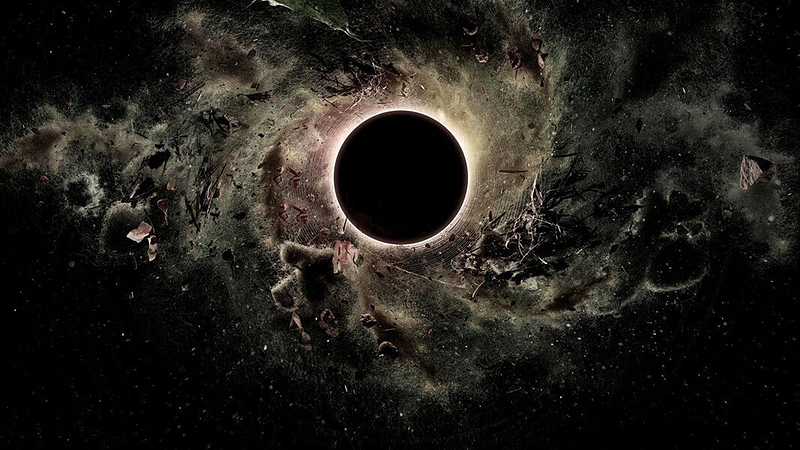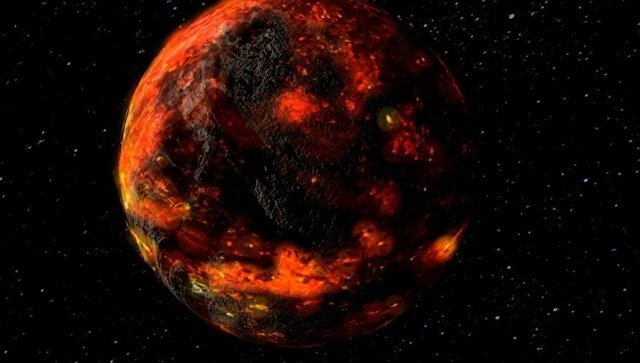What if a Table Tennis Ball-Sized Black Hole Appeared Near the Sun?
Written on
Chapter 1: The Hypothetical Black Hole
Recently, we received an intriguing question from our subscribers: What if a black hole the size of a table tennis ball suddenly emerged near the Sun? The term "near the Sun" is quite broad, so let's explore various scenarios regarding the black hole's proximity to our star and visualize its potential appearance in our solar system. A black hole that gradually approaches would have less immediate effects. A standard table tennis ball has a diameter of 40 mm, while, hypothetically, if Earth were compacted into a black hole, it would measure only 17.7 mm, implying that a table tennis ball-sized black hole would be significantly more massive than our planet.

Source: nfuture.ru
Should such a black hole manifest within the Solar System, its gravitational influence would alter the orbits of all planets, depending on its location and timing. Some planets might be flung out of the solar system, transforming into rogue planets, while others could potentially drift closer to the Sun. This scenario poses serious risks for humanity; however, the effects on Earth could remain minimal, or in certain cases, entirely undetectable, especially if the black hole were positioned at the farthest reaches of the Solar System.

Chapter 2: The Chaos of Inner Planets
If the black hole were to appear near the inner planets, it would dramatically shift their orbits relative to the Sun, resulting in debris from the asteroid belt being scattered throughout the solar system. This would subject all planets to intense bombardment alongside orbital changes, significantly decreasing humanity's chances of survival. Yet, this is merely the precursor to the real catastrophe.

Source: lenta.ru
One notable characteristic of black holes is that their tidal forces intensify as their size decreases. A small black hole would trigger heightened tectonic activity on Earth. If it approached closely enough, the Earth's crust could face rapid destruction, leading to the emergence of massive faults through which magma would escape from the mantle. These faults would expand, potentially flooding the planet's surface with magma, and if the black hole drew nearer, it would begin to pull material from Earth itself.

Source: http://solnca-net.com
However, this would not represent the ultimate threat to our solar system. As the black hole nears the Sun, it would extract material from it, creating a brilliant glow from the ejected material and a surge of radiation lethal to all life forms in the solar system. As it continues to absorb the star's mass, the black hole would grow increasingly voracious. Eventually, the gravitational forces compressing the star would become unbalanced with its internal pressure, resulting in a catastrophic explosion that obliterates the entire solar system. The black hole would then continue its journey through the galaxy, consuming the remnants of the star's matter.
If you're interested in more articles about space, give us a clap!
Subscribe to our channel and feel free to send in your questions for future articles.
If you appreciate my work, consider supporting us by becoming a medium member for just $5 a month, helping us create even better content.